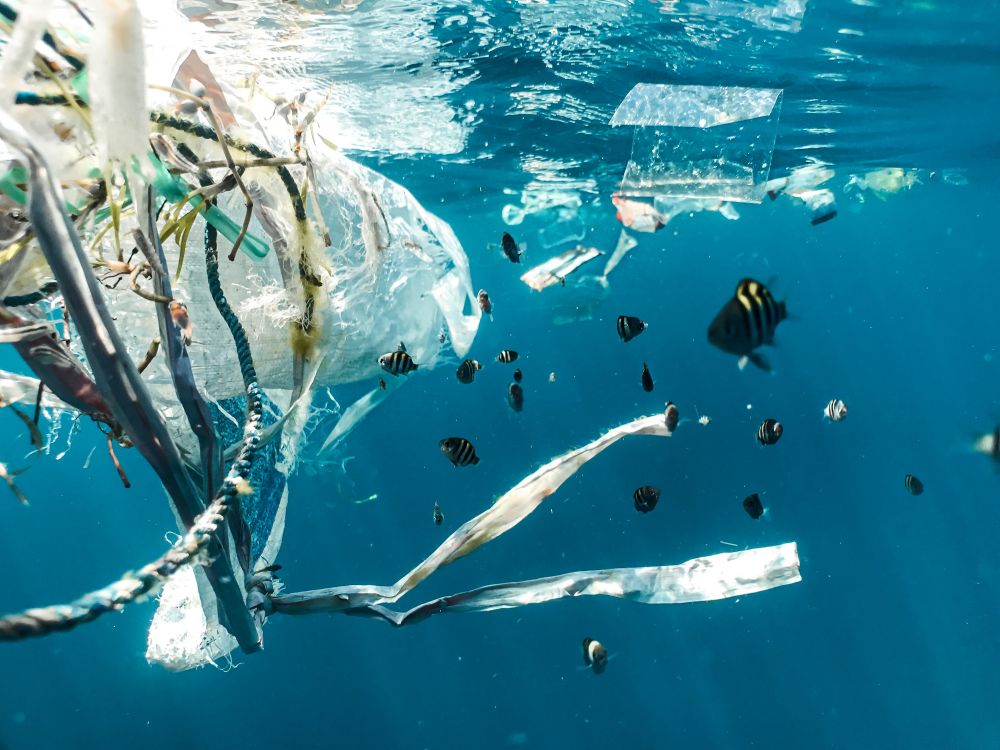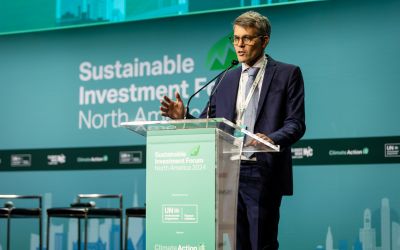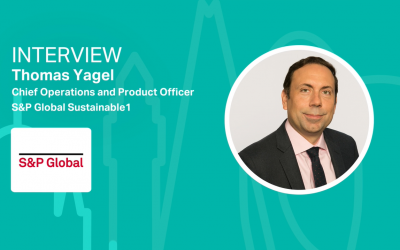European Commission announces new rules to put end to wasteful packaging
The European Commission has proposed new EU-wide rules on packaging, to tackle the constantly growing source of waste and of consumer frustration.

The European Commission has proposed new EU-wide rules on packaging, to tackle the constantly growing source of waste and of consumer frustration.
On average, each European generates almost 180 kg of packaging waste per year. Packaging is one of the main users of virgin materials as 40% of plastics and 50% of paper used in the EU is destined for packaging. Without action, the EU would see a further 19% increase in packaging waste by 2030, and for plastic packaging waste even a 46% increase.
The new rules aim to stop this trend. For consumers, they will ensure reusable packaging options, get rid of unnecessary packaging, limit overpackaging, and provide clear labels to support correct recycling. For the industry, they will create new business opportunities, especially for smaller companies, decrease the need for virgin materials, boosting Europe's recycling capacity as well as making Europe less dependent on primary resources and external suppliers. They will put the packaging sector on track for climate neutrality by 2050.
The Commission also brings clarity to consumers and industry on biobased, compostable and biodegradable plastics: setting out for which applications such plastics are truly environmentally beneficial and how they should be designed, disposed of and recycled.
The proposals are key building blocks of the European Green Deal's Circular Economy Action Plan and its objective to make sustainable products the norm. They also respond to specific demands of Europeans as expressed at the Conference on the Future of Europe.
Preventing packaging waste, boosting reuse and refill, and making all packaging recyclable by 2030
The proposed revision of the EU legislation on Packaging and Packaging Waste has three main objectives. First, to prevent the generation of packaging waste: reduce it in quantity, restrict unnecessary packaging and promote reusable and refillable packaging solutions. Second, to boost high quality (‘closed loop') recycling: make all packaging on the EU market recyclable in an economically viable way by 2030. And finally, to reduce the need for primary natural resources and create a well-functioning market for secondary raw materials, increasing the use of recycled plastics in packaging through mandatory targets.
The headline target is to reduce packaging waste by 15% by 2040 per Member State per capita, compared to 2018. This would lead to an overall waste reduction in the EU of some 37% compared to a scenario without changing the legislation. It will happen through both reuse and recycling.
To foster reuse or refill of packaging, which has declined steeply in the last 20 years, companies will have to offer a certain percentage of their products to consumers in reusable or refillable packaging, for example takeaway drinks and meals or e-commerce deliveries. There will also be some standardisation of packaging formats and clear labelling of reusable packaging.
To address clearly unnecessary packaging, certain forms of packaging will be banned, for example single-use packaging for food and beverages when consumed inside restaurants and cafes, single-use packaging for fruits and vegetables, miniature shampoo bottles and other miniature packaging in hotels.
Many measures aim to make packaging fully recyclable by 2030. This includes setting design criteria for packaging; creating mandatory deposit return systems for plastic bottles and aluminium cans; and making it clear which very limited types
Clearing up confusion around biobased, biodegradable and compostable plastics
The use and production of biobased, biodegradable and compostable plastics has been steadily increasing. A number of conditions have to be met for these plastics to have positive environmental impacts, rather than exacerbating plastic pollution, climate change and biodiversity loss. The Commission's new framework clarifies in what way these plastics can be part of a sustainable future.
Biodegradable plastics must be approached with caution. They have their place in a sustainable future, but they need to be directed to specific applications where their environmental benefits and value for the circular economy are proven. Biodegradable plastics should by no means provide a licence to litter. Also, they must be labelled to show how long they will take to biodegrade, under which circumstances and in which environment. Products that are likely to be littered including those covered by the Single-Use Plastics Directive cannot be claimed to be or labelled as biodegradable.
Find out more here.





